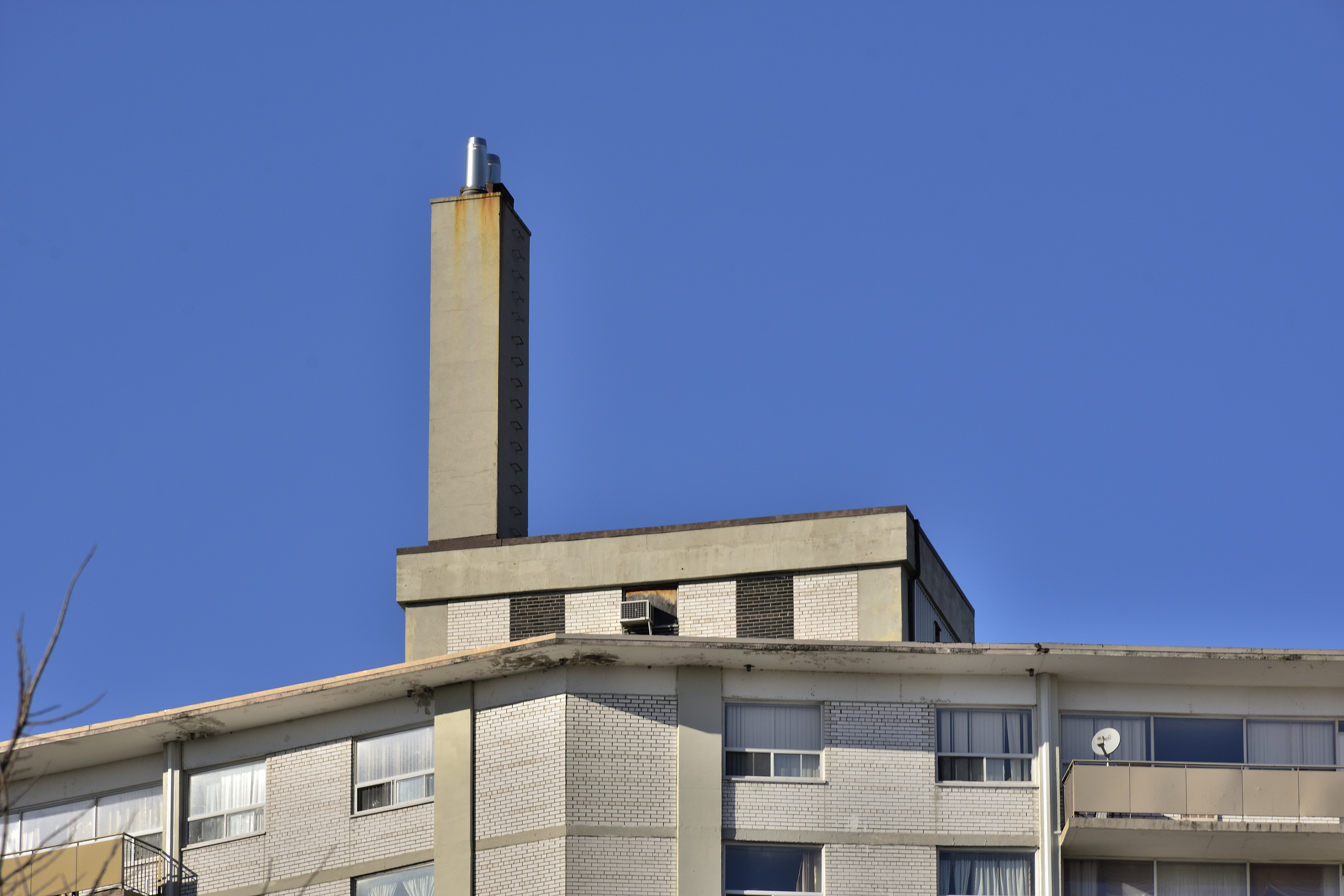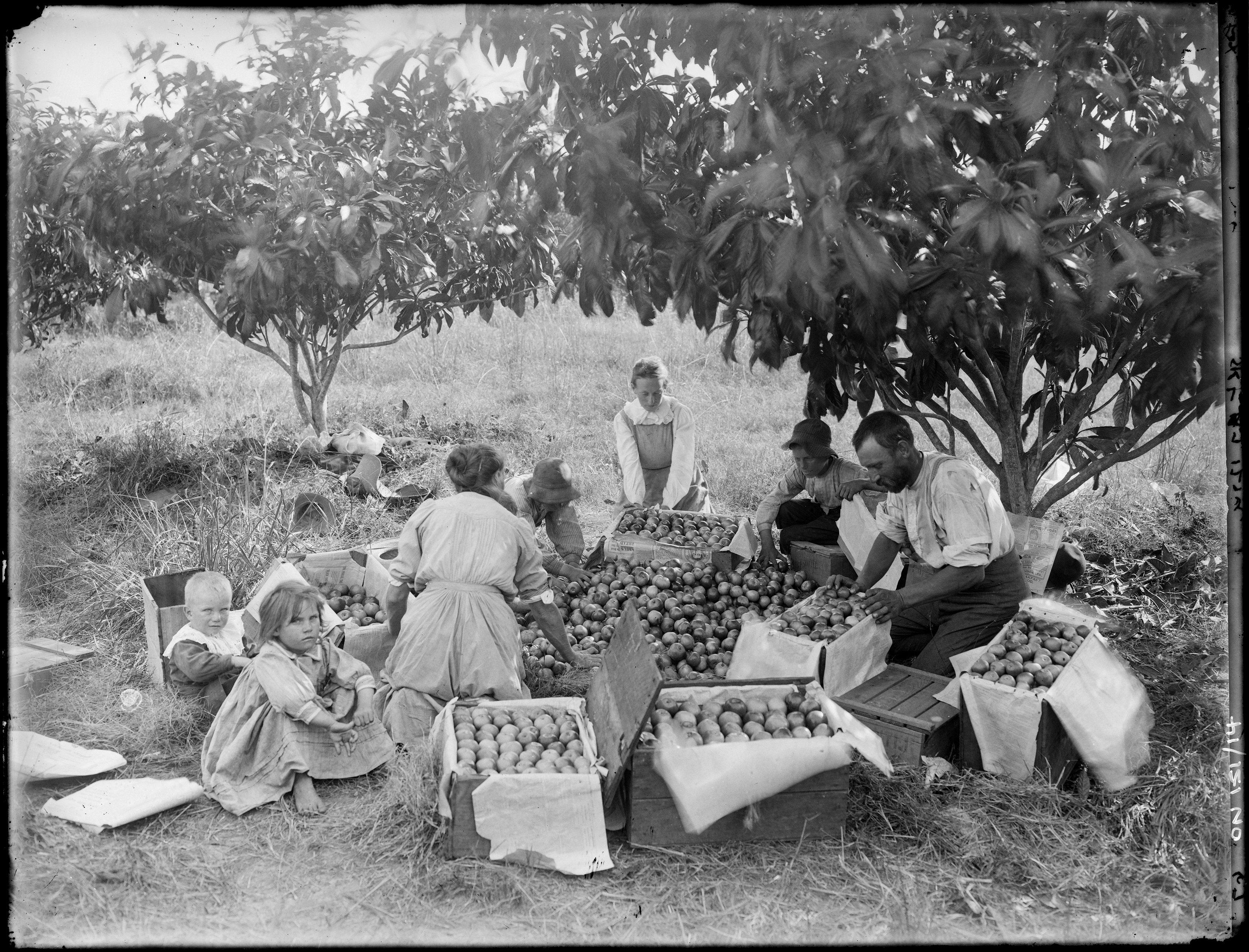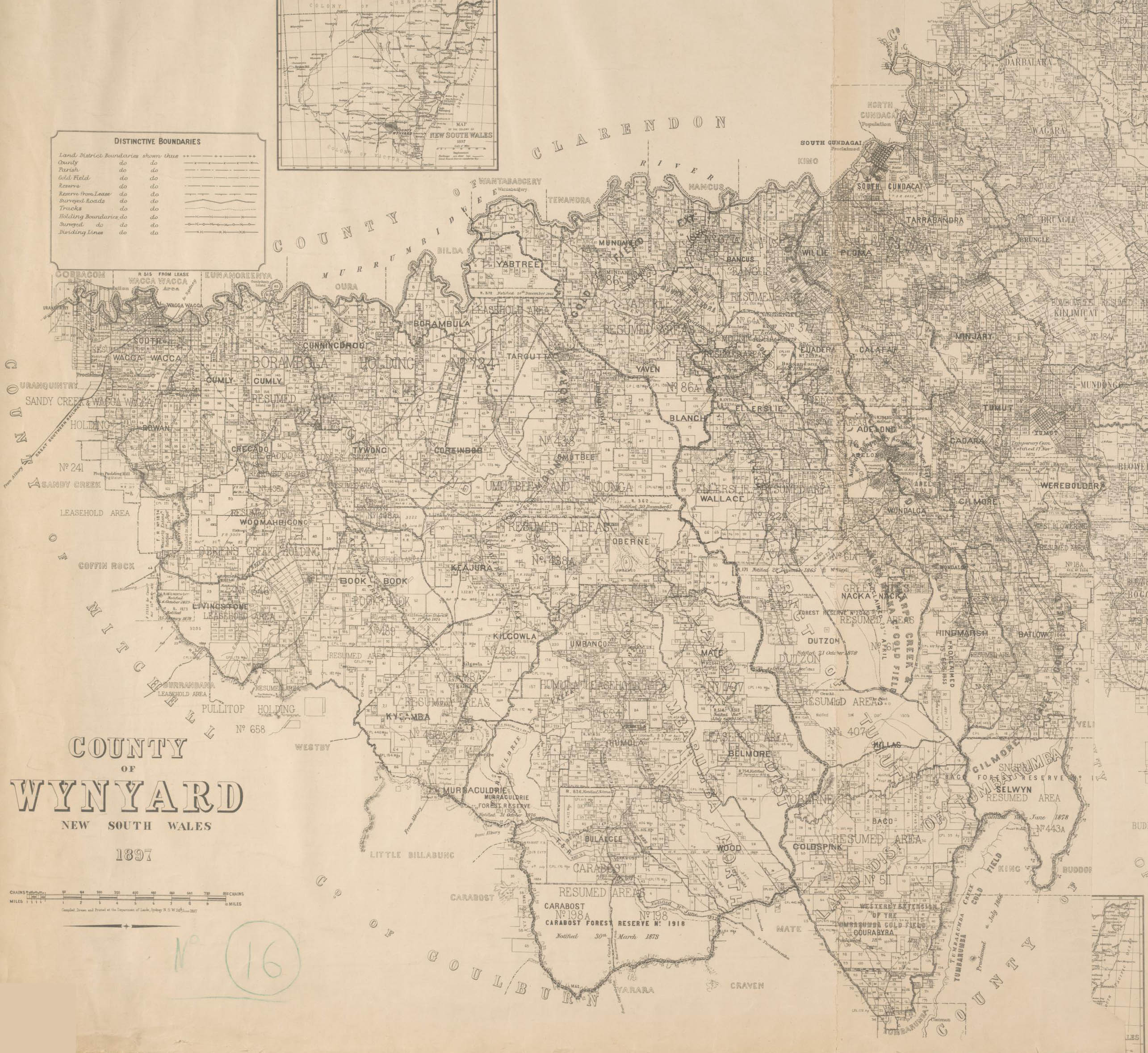|
Dayton House, Seven Hills
Dayton House is a heritage-listed farm house at 37-39 Roger Place, Seven Hills, City of Blacktown, New South Wales, Australia. It was built in 1834. It is also known as Bates Farm. It was added to the New South Wales State Heritage Register on 2 April 1999. History Bates Farm is situated on land originally granted to a Lewis Henry Campbell. The grant measured 120 acres in area. Campbell subsequently sold the land to James Bates in September, 1827. At that time the land was described as being separate from the Prospect common by the new road to Richmond and backed by the grants of William Hill and George Parsley on the Seven Hills road side and on the other side by a then unlocated piece of land. Bates, a convict, had arrived in Sydney on the Grenada in October 1819. He had been convicted in London in 1818 of stealing twenty eight yards of cotton valued at one pound, ten shillings from a Thomas Garner. Bates was sentenced to seven years transportation, he was then aged 20 ... [...More Info...] [...Related Items...] OR: [Wikipedia] [Google] [Baidu] |
Seven Hills, New South Wales
Seven Hills is a suburb in the Greater Western Sydney region of Sydney, in the state of New South Wales, Australia, located 33 kilometres North West of the Sydney central business district. Seven Hills is within the local government areas of the City of Parramatta and Blacktown City councils. History Prior to European settlement in the 1790s, the area now known as Seven Hills was originally settled and occupied for hundreds, if not thousands, of years by indigenous peoples who most probably would have identified with the Warmuli and Toogagal clans, of the Darug nation. The vicinity of Seven Hills was first visited by Europeans very early on in the settlement of the colony of New South Wales, possibly as early as April 1788 by Arthur Phillip or more certainly by Watkin Tench in June 1789. The first land grant by the colonial administration (in what was then known as the "District of Toongabbee") was to an ex Marine soldier, John Redmond in May 1793, whose grant of was adjac ... [...More Info...] [...Related Items...] OR: [Wikipedia] [Google] [Baidu] |
Petersham, New South Wales
Petersham is a suburb in the Inner West of Sydney, in the state of New South Wales, Australia. Petersham is located 6 kilometres south-west of the Sydney central business district, in the local government area of Inner West Council. Petersham is known for its extensive Portuguese commercial offerings, with many Portuguese businesses and restaurants, although only 156 (1.9%) of the population was actually born in Portugal. Petersham is bordered by the suburbs of Leichhardt to the north, Stanmore to the east, Marrickville to the south and Lewisham to the west. Taverner's Hill, named after Fred Taverner, is a locality in the western part of the suburb. History Major Francis Grose sent workmen to the area in 1793 to clear the bush and plant corn and wheat. He named the area Peters-Ham or Petersham after his native village in Surrey, England. Petersham remained an agricultural area, winning awards for some of the best crops and stock in the colony in 1803. Kangaroo hunting wa ... [...More Info...] [...Related Items...] OR: [Wikipedia] [Google] [Baidu] |
Hipped Roof
A hip roof, hip-roof or hipped roof, is a type of roof where all sides slope downwards to the walls, usually with a fairly gentle slope (although a tented roof by definition is a hipped roof with steeply pitched slopes rising to a peak). Thus, a hipped roof has no gables or other vertical sides to the roof. A square hip roof is shaped like a pyramid. Hip roofs on houses may have two triangular sides and two trapezoidal ones. A hip roof on a rectangular plan has four faces. They are almost always at the same pitch or slope, which makes them symmetrical about the centerlines. Hip roofs often have a consistent level fascia, meaning that a gutter can be fitted all around. Hip roofs often have dormer slanted sides. Construction Hip roofs are more difficult to construct than a gabled roof, requiring more complex systems of rafters or trusses. Hip roofs can be constructed on a wide variety of plan shapes. Each ridge is central over the rectangle of the building below it. The t ... [...More Info...] [...Related Items...] OR: [Wikipedia] [Google] [Baidu] |
Corrugated Galvanised Iron
Corrugated galvanised iron or steel, colloquially corrugated iron (near universal), wriggly tin (taken from UK military slang), pailing (in Caribbean English), corrugated sheet metal (in North America) and occasionally abbreviated CGI is a building material composed of sheets of hot-dip galvanised mild steel, cold-rolled to produce a linear ridged pattern in them. Although it is still popularly called "iron" in the UK, the material used is actually steel (which is iron alloyed with carbon for strength, commonly 0.3% carbon), and only the surviving vintage sheets may actually be made up of 100% iron. The corrugations increase the bending strength of the sheet in the direction perpendicular to the corrugations, but not parallel to them, because the steel must be stretched to bend perpendicular to the corrugations. Normally each sheet is manufactured longer in its strong direction. CGI is lightweight and easily transported. It was and still is widely used especially in rura ... [...More Info...] [...Related Items...] OR: [Wikipedia] [Google] [Baidu] |
Chimneys
A chimney is an architectural ventilation structure made of masonry, clay or metal that isolates hot toxic exhaust gases or smoke produced by a boiler, stove, furnace, incinerator, or fireplace from human living areas. Chimneys are typically vertical, or as near as possible to vertical, to ensure that the gases flow smoothly, drawing air into the combustion in what is known as the stack, or chimney effect. The space inside a chimney is called the '' flue''. Chimneys are adjacent to large industrial refineries, fossil fuel combustion facilities or part of buildings, steam locomotives and ships. In the United States, the term '' smokestack industry'' refers to the environmental impacts of burning fossil fuels by industrial society, including the electric industry during its earliest history. The term ''smokestack'' (colloquially, ''stack'') is also used when referring to locomotive chimneys or ship chimneys, and the term ''funnel'' can also be used. The height of ... [...More Info...] [...Related Items...] OR: [Wikipedia] [Google] [Baidu] |
Bay (architecture)
In architecture, a bay is the space between architectural elements, or a recess or compartment. The term ''bay'' comes from Old French ''baie'', meaning an opening or hole."Bay" ''Online Etymology Dictionary''. http://www.etymonline.com/index.php?allowed_in_frame=0&search=bay&searchmode=none accessed 3/10/2014 __NOTOC__ Examples # The spaces between posts, columns, or buttresses in the length of a building, the division in the widths being called aisles. This meaning also applies to overhead vaults (between ribs), in a building using a vaulted structural system. For example, the Gothic architecture period's Chartres Cathedral has a nave (main interior space) that is '' "seven bays long." '' Similarly in timber framing a bay is the space between posts in the transverse direction of the building and aisles run longitudinally."Bay", n.3. def. 1-6 and "Bay", n.5 def 2. ''Oxford English Dictionary'' Second Edition on CD-ROM (v. 4.0) © Oxford University Press 2009 # Where t ... [...More Info...] [...Related Items...] OR: [Wikipedia] [Google] [Baidu] |
Cattai, New South Wales
Cattai is an historic suburb of Sydney, in the state of New South Wales, Australia. It is located 44 kilometres north-west of the Sydney central business district and 30 kilometres north-west of Parramatta. It is in the local government areas of The Hills Shire and City of Hawkesbury. Cattai's state electoral district is Hawkesbury, and its federal electoral divisions are Berowra and Macquarie. Cattai is bounded in the north-west by the Hawkesbury River and is traversed by Cattai Creek. It encompasses the heritage-listed Cattai Estate, located within Cattai National Park at the junction of the Creek and the River. The Georgian house was built between 1804 and 1821 by former Magistrate Thomas Arndell, with further additions being made in the 1860s. Cattai is also home to a historic rural public primary school that was founded in 1886. The suburb was originally home to the Darug Indigenous Australians before being settled in the early nineteenth century. History Indige ... [...More Info...] [...Related Items...] OR: [Wikipedia] [Google] [Baidu] |
Epping, New South Wales
Epping is a suburb of Sydney, in the Australian state of New South Wales, 18 kilometres north-west of the Sydney central business district in the local government area of the City of Parramatta. Epping is located in the Northern Sydney region, which is sometimes simply referred to as the “North-West” or North Shore. The suburb is the most north-eastern area of the City of Parramatta. North Epping is a separate suburb to the north and under a different council, Hornsby Shire. History The Wallumettagal Aboriginal tribe lived in the area between the Lane Cove River and Parramatta River. In 1792, Governor Arthur Phillip began the granting of parcels of lands to marines, and the area was referred to on Phillip's maps as the Field of Mars, Mars being the Roman god of war. It contained the area of what is now Epping, along with the surrounding suburbs of Ryde and Marsfield. Epping railway station was opened on 17 September 1886, originally named "Field of Mars", and quickly r ... [...More Info...] [...Related Items...] OR: [Wikipedia] [Google] [Baidu] |
Torrens Title
Torrens title is a land registration and land transfer system, in which a state creates and maintains a register of land holdings, which serves as the conclusive evidence (termed " indefeasibility") of title of the person recorded on the register as the proprietor (owner), and of all other interests recorded on the register. Ownership of land is transferred by registration of a transfer of title, instead of by the use of deeds. The Registrar provides a Certificate of Title to the new proprietor, which is merely a copy of the related folio of the register. The main benefit of the system is to enhance certainty of title to land and to simplify dealings involving land. Its name derives from Sir Robert Richard Torrens (1814–1884), who designed, lobbied for and introduced the private member's bill which was enacted as the ''Real Property Act 1858'' in the Province of South Australia, the first version of Torrens title enacted in the world. Torrens based his proposal on many of the ... [...More Info...] [...Related Items...] OR: [Wikipedia] [Google] [Baidu] |
Castle Hill, New South Wales
Castle Hill is a suburb of Sydney, New South Wales, Australia, located 34 kilometres north-west of the Sydney central business district and 9.5 kilometres north of Parramatta. It is within the Hills District region, split between the local government areas of The Hills Shire and Hornsby Shire. History Indigenous history The land that is now called Castle Hill was originally home to the Bidjigal people, who are believed to be a clan of the Dharuk people, who occupied all the land to the immediate west of Sydney. The best-known Aboriginal person from that time is Pemulwuy, a Bidjigal leader who led the resistance movement against settlers during the Hawkesbury and Nepean Wars, including sacking farms in Castle Hill, before his eventual capture and dispatch by local law enforcement. The Bidjigal people are today commemorated by Bidjigal Reserve which straddles the suburbs of Castle Hill, , North Rocks and West Pennant Hills. European settlement The first Europ ... [...More Info...] [...Related Items...] OR: [Wikipedia] [Google] [Baidu] |
Ultimo, New South Wales
Ultimo is an inner-city suburb of Sydney, New South Wales, Australia. Ultimo is adjacent to the Sydney central business district in the local government area of the City of Sydney west of the Darling Harbour area, and is bordered by Pyrmont to the North, the Sydney CBD and Chinatown/Haymarket to the East, Broadway and Chippendale to the South, and Glebe and Wentworth Park to the West. Broadway is a locality around the road of the same name, which is located on the borders of Ultimo, Chippendale and Glebe. History "Ultimo" was originally the name of the estate of Dr John Harris, on granted to him by Governor King in 1803, for his military service and for aiding the governor in curtailing the illegal trading of rum by a corrupt group in the NSW Corps (the Rum Corps). It was named for a clerical error in a legal case against Harris that had prevented him being court-martialled. The court-martial based on fictitious charges was used as a retaliation by the Rum Corps. His offenc ... [...More Info...] [...Related Items...] OR: [Wikipedia] [Google] [Baidu] |
Blacktown
Blacktown is a suburb in the City of Blacktown, in Greater Western Sydney, in the state of New South Wales, Australia. Blacktown is located west of the Sydney central business district. It is one of the most multicultural places within Greater Sydney. History Prior to the arrival of the First Fleet in 1788, the area of today's Blacktown was inhabited by different groups of the Darug people including the Warmuli, based around what is now Prospect, and their neighbours the Gomerigal from the South Creek area and the Wawarawarry from the Eastern Creek area. It is estimated that fifty to ninety percent of the Darug died of smallpox and other introduced diseases within a few years of the British arrival. Governor Arthur Phillip began granting land in the area to white settlers in 1791. In 1819 Governor Lachlan Macquarie granted land to two indigenous men, Colebee and Nurragingy as payment for their service to The Crown, for assisting Cox with the road over the Blue Mo ... [...More Info...] [...Related Items...] OR: [Wikipedia] [Google] [Baidu] |






